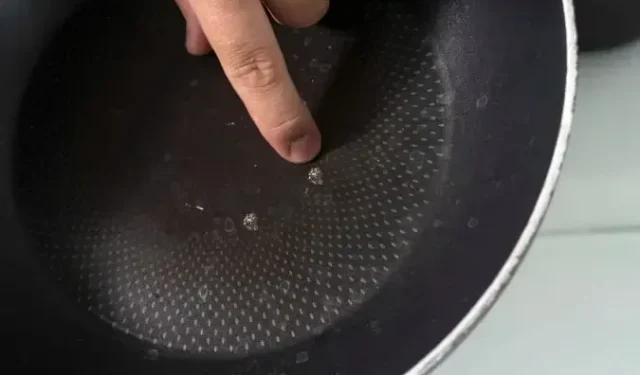Scientists believe they have found a way to get rid of eternal pollutants

Researchers have discovered a new way to destroy PFAS. A relatively simple and affordable process that is still needed outside the lab.
It is reported that a group of scientists have discovered a safe and affordable method for the destruction of “perpetual pollutants”. PFAS, or per- and polyfluoroalkyl compounds, are found in many everyday products, from Teflon non-stick pans to dental floss. There are at least 12,000 such substances in existence today, according to the US Environmental Protection Agency. And they all have one thing in common: a carbon-fluorine backbone, which is one of the strongest single bonds in organic chemistry. This is what gives PFAS-treated cookware its non-stick character. However, these substances can be harmful to humans.
Researchers have discovered a new way to destroy PFAS
Because they are very durable, from a molecular point of view, PFAS can persist in soil and water for generations. Scientists have shown that long-term exposure can increase the risk of contracting certain types of cancer, lower immunity and affect the development of children. Researchers have spent years trying to figure out how to break this carbon-fluorine bond that makes PFAS so resilient, but today a big breakthrough may have been made.
Relatively simple and affordable process
In a study published in the journal Science, a team of chemists from UCLA, Northwestern University and China found that a mixture of sodium hydroxide, a product used in baking soda in particular, and an organic solvent called dimethyl sulfoxide (DMSO)), is very effective at cleaving a large subgroup of PFAS, perfluorinated carboxylic acids or perfluorinated carboxylates (PFCA). When study author Brittany Trang heated the mixture to between 79 and 121°C, the bonds between the PFAS molecules began to break. After a few days, the mixture can even reduce the amount of fluorinated by-products and turn them into harmless molecules. Sodium hydroxide is one of the most important elements of this mixture.
which still need to be put in place outside the lab
Professor William Dichtel, one of the study’s co-authors, told The New York Times that there is still a lot of work to be done before a working solution is developed outside the lab. There is also the issue of volume. Last February, scientists estimated that humans release about 50,000 tons of PFAS into the atmosphere each year. Another recent study found that rainwater in four corners of the globe is unusable due to the presence of too many of these substances. However, scientists are very excited about Brittany Trang’s discovery. This may provide researchers with new processes to destroy these PFAS.
Leave a Reply